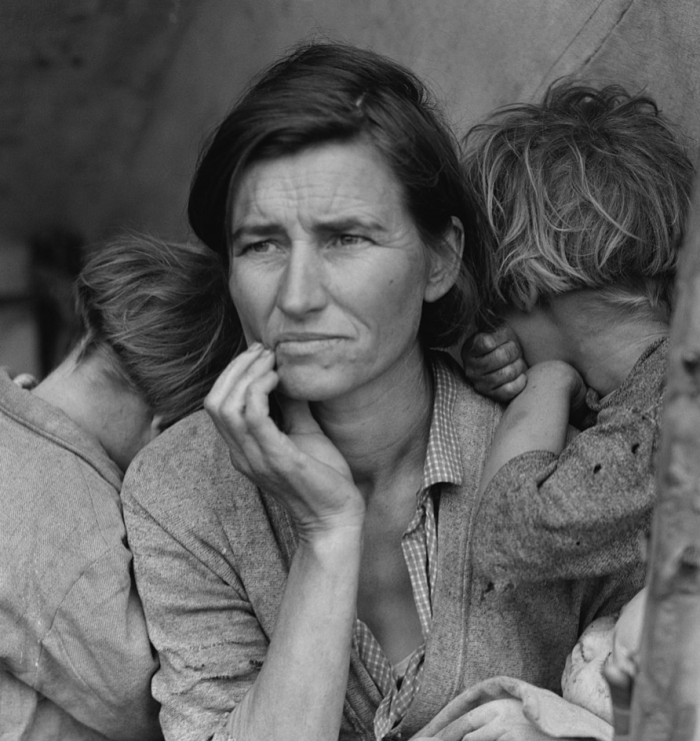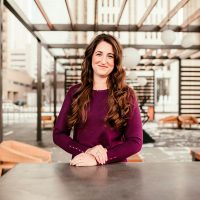You often hear about people losing themselves during their lives.
They lost themselves as they built their career; they lost themselves when they got into a relationship; they lost themselves as they became a parent; they lost themselves as they took on caregiver roles. But what if they never knew themselves to begin with?
Can you lose yourself if you have never found yourself?
I’m the oldest of two children whose parents divorced when I was six years old. I was the typical eldest child—a rule follower and a people pleaser. Although my parents had joint custody of us, we lived with my father for the majority of the time because my mother wasn’t in a position to have us.
My father did the best he could, always trying to provide us with a variety of experiences to instill hard work and a love for the outdoors in us. He worked full-time to support us, so I learned from an early age to take care of myself.
Those of us who are children of divorce often get this idea in our developing brains that we need to minimize our dependence on others or not be a bother or cause no problems for our parents because they already have enough problems to deal with.
Children of divorce believe that they somehow caused the problems that led to their parents splitting up. This, in turn, can leave the child feeling like they’re somehow bad, not good enough, or not worthy of love. All of this may cause the child to avoid focusing on themselves.
I ended up developing all of these beliefs which made me an independent, people pleaser. This led me to follow a path in life that wasn’t truly my own. It was the path I thought I was supposed to follow—the path someone who doesn’t want to rock the boat or cause problems follows: get good grades, go to college, get a good job, climb the corporate ladder, buy a house, get married (in roughly that order). The decisions I made were not based on knowing myself and what I wanted. They were based on what others thought I should do, or what I thought was the “right” thing to do.
I think I knew in my late 20s that the life I had created wasn’t the one I actually wanted. Sure, I was climbing the corporate ladder, steadily progressing in a company, earning good money, and buying a house, but I was unhappy and miserable.
I’d go back and forth with moments of “there’s got to be more than this to life!” and “I have a good life, why do I want more?” A memory of a Caribbean vacation I took comes to mind. In a drunken state, I had a breakdown of sorts, sobbing about how this isn’t my life; this isn’t how it was supposed to be.
The thing is that I didn’t know how I thought my life would be. I just knew this wasn’t it. As the years went by, I started to explore who I was more and more. A pivotal book for me was The 4-Hour Workweek by Tim Ferriss. It introduced to me the idea that you can design a life you want, and it doesn’t have to be working 40 plus hours a week in a cubicle until you retire in your mid-to-late 60s or even 70s. This was the start of finding myself.
After spending a couple of decades hiding from myself and not wanting to do the work to learn who I was, it took a while to find myself. I had to get courageous and be comfortable being uncomfortable.
Below are a few things I found that worked for me:
Start to explore
Get curious and ask yourself the questions that will get you thinking about what it is you really enjoy, what you value, and what you don’t enjoy. Some examples are:
>> What are my values?
>> When have I been happiest in my life?
>> What doesn’t take effort?
>> What types of activities, people, or things drain my energy?
Next, start to reflect on where your beliefs come from and why you feel the way you do. This can help you see patterns and mindsets that have brought you to where you are now. Some examples of these types of questions are:
>> How have I withheld myself from life?
>> What am I resisting?
>> Where do I limit myself?
>> What do I believe about myself?
As you ask yourself these questions, ask “why” at least five times. Why was that the happiest point in your life? Why are you limiting yourself in that certain area?
Gain confidence
This is harder said than done, in most cases. However, one way I learned this is through a forced job change. I identified so deeply with my job and company that to leave them was frightening. It wasn’t until I was laid off after a rough patch the company went through that I realized that the change wasn’t as scary as I thought.
These types of situations can force you to put yourself out there and find another job. It’s in these experiences that you learn that you control your path, and you can choose to change your situation if you’re unhappy or unsatisfied. There are always options, and most jobs, or careers, aren’t permanent.
You can try out different careers to find one that’s aligned with the values and skills you’ve developed. For me, I started to learn more and more about myself as I explored these options and gained confidence.
Find your voice
As you gain confidence and learn who you are, you also start to find your voice and grow comfortable using that voice. This can be a huge change for a people pleaser who never knew what they wanted because they always wanted whatever it was those around them wanted. For me, this is where I started to not care as much about what others thought. I say started because as a recovering people pleaser I still do struggle with this occasionally.
Work with coaches
Once I started realizing what I was interested in, I started to look into ways of designing the life I wanted. The way I did this was by hiring a few coaches who helped guide me. This was a period in my life where I saw the greatest growth. A coach can be a great investment in that they can hold you accountable, cheer you on, and help you see parts of yourself that you weren’t aware of. They challenge your thinking and beliefs in the best way possible.
~












Read 0 comments and reply